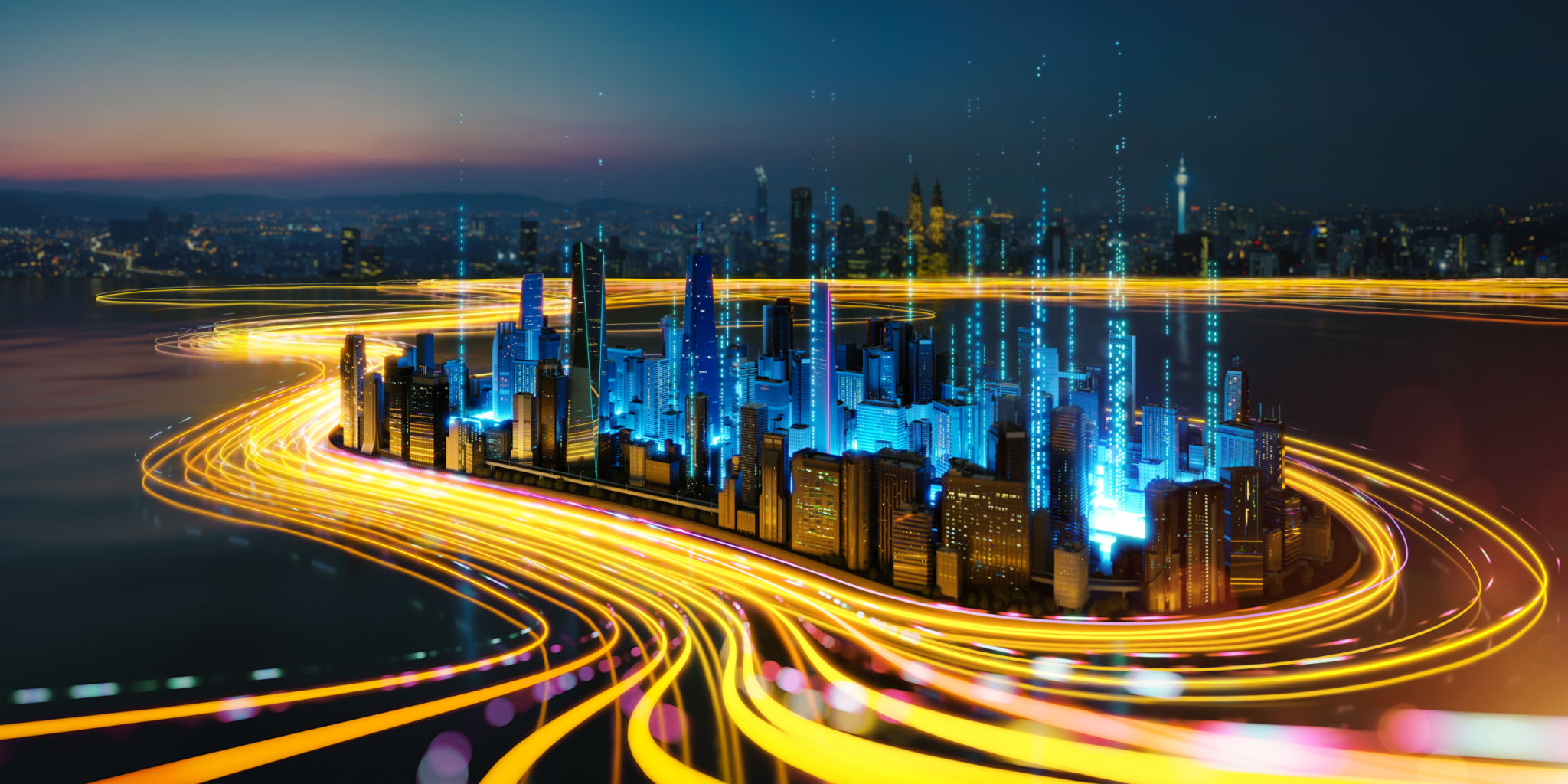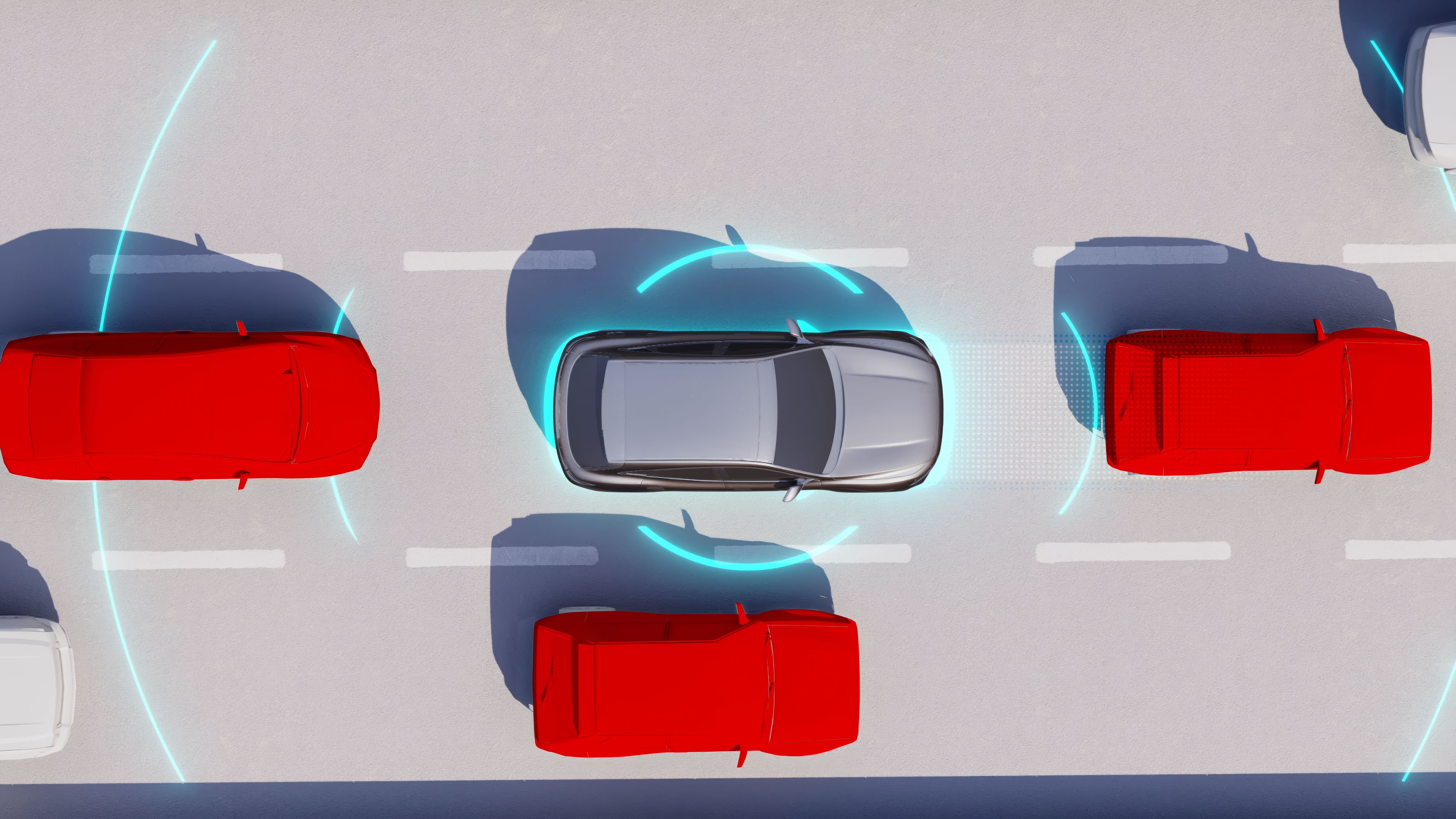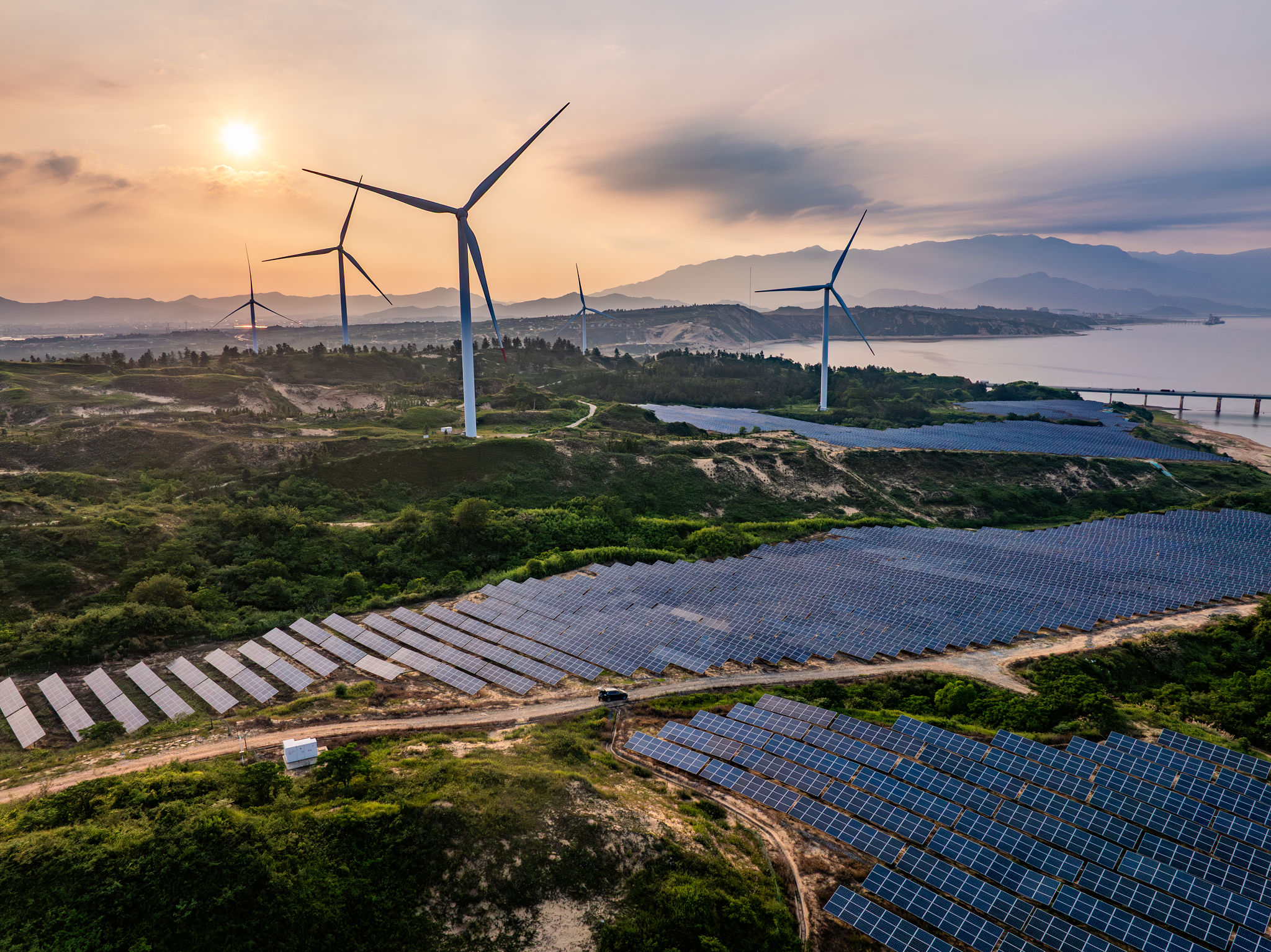Smart Cities and AI: Shaping the Future of Infrastructure
Imagine a city that does not just exist, but thinks. A city that learns, adapts, and responds to the needs of the people living in it. This is the promise of Smart Cities, and at the heart of this revolution is Artificial Intelligence (AI). For students curious about engineering, and for teachers aiming to inspire the next generation, this is one of the most exciting areas of civil engineering today.

What Is a Smart City?
A smart city uses digital technology and data to improve quality of life, make services more efficient, and protect the environment. From energy systems to transport networks, smart cities are designed to work like a living, breathing organism: connected, responsive, and sustainable.

AI in Traffic Systems 🚦
Traffic jams waste time, fuel, and money. AI is transforming this problem.
- Sensors and cameras collect real-time traffic data.
- AI programmes adjust traffic lights to reduce congestion.
- Smart apps re-route buses and cars to avoid blockages.
In some cities, AI has already reduced average commuting times by predicting traffic patterns before they happen. Imagine never being stuck at the same red light every morning. That is AI at work

AI in Flood Management
With climate change bringing more extreme weather, flood risk is a major concern. AI helps cities stay ahead of the storm.
- Predictive models analyse rainfall, river levels, and drainage capacity.
- Early warning systems alert residents before floods occur.
- Engineers use AI to design flood defences that adapt to changing conditions.
This kind of smart infrastructure does not only save money, it saves lives.
AI in Sustainable Energy⚡
Energy is the lifeblood of a city, and AI helps make it cleaner and smarter.
- Smart grids balance energy demand and supply in real time.
- AI integrates renewable sources such as solar and wind more efficiently.
- Buildings use AI to reduce wasted electricity by adjusting heating, cooling, and lighting automatically.
The result is lower bills for citizens and a smaller carbon footprint for the planet.

Why It Matters for Students and Teachers 🎓
For students studying GCSEs, A levels, or university courses in engineering, computing, or geography, smart cities are a real-world example of how technology is being used to solve society’s biggest challenges. For teachers, it is an excellent case study that connects classroom learning to careers of the future.
Civil engineers, data scientists, and urban planners are already collaborating to build smarter, more sustainable cities. As technology advances, today’s students could be the ones designing the systems that power tomorrow’s world.

The Future of Urban Development
The integration of AI in smart cities represents a forward-thinking approach to urban development. By embracing these technologies, cities are not only enhancing their infrastructure but also preparing for future challenges. The continued evolution of AI will drive innovation in areas such as healthcare, education, and waste management within urban settings.
As more cities adopt smart technologies, collaboration between government, private sector, and citizens will be crucial. By working together, we can build smarter, more resilient cities that cater to the needs of all individuals while promoting sustainability and efficiency.
In conclusion, the synergy between smart cities and AI is shaping the future of urban infrastructure. By harnessing the power of data and intelligent technology, cities can offer better services, improve quality of life, and create a sustainable environment for future generations.